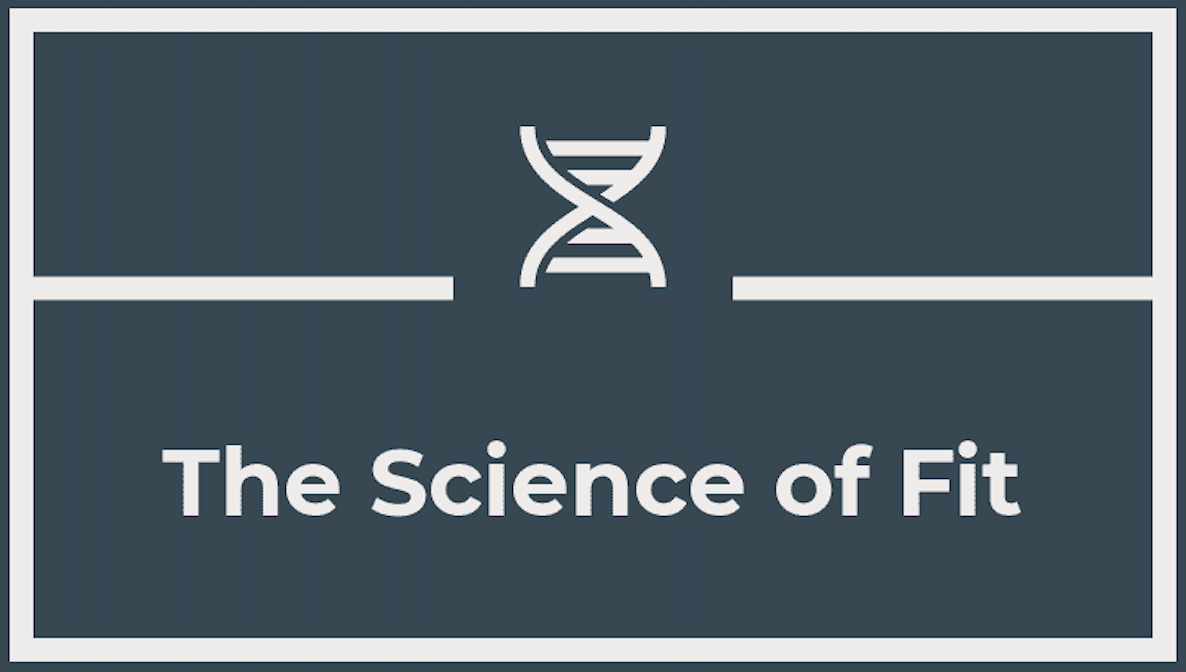Zone 2 Cardiovascular Training
Unveiling the Physiological Significance of Zone 2 Cardiovascular Training

Abstract:
Cardiovascular training has long been recognized as a cornerstone of physical fitness, with various intensity zones offering distinct physiological adaptations. Zone 2 cardiovascular training, characterized by a moderate intensity, has gained prominence for its ability to elicit specific physiological responses. There are other markers that define Zone 2 such as blood lactate levels, however the majority of people can not measure this and thus we rely mostly on heart rate as an indicator. This article delves into the multifaceted effects of Zone 2 cardiovascular training, shedding light on its impact on aerobic capacity, metabolic efficiency, and overall cardiovascular health.
Introduction:
Zone 2 cardiovascular training occupies a unique position within the spectrum of exercise intensity. Defined by a moderate effort level, typically corresponding to 60-75% of an individual's maximum heart rate, Zone 2 training provides an optimal balance between aerobic and anaerobic metabolism. This article aims to explore the physiological responses associated with Zone 2 cardiovascular training, offering insights into its potential applications for enhancing overall fitness.
Physiological Responses:
- Aerobic Capacity Enhancement:
- Zone 2 training primarily engages aerobic energy systems, fostering improvements in oxygen utilization and aerobic capacity. Regular exposure to this moderate intensity enhances the efficiency of the cardiovascular and respiratory systems.
- Mitochondrial Biogenesis:
- Sustained Zone 2 training has been linked to increased mitochondrial biogenesis. The proliferation of mitochondria within muscle cells enhances the cells' ability to produce energy aerobically, contributing to endurance and overall metabolic health.
- Fat Utilization and Metabolic Flexibility:
- Zone 2 training promotes the utilization of fat as a predominant energy source. This metabolic shift not only aids in weight management but also enhances metabolic flexibility, allowing the body to efficiently switch between fuel sources during various intensities of exercise.
Training Prescription and Monitoring:
- Heart Rate Zones:
- The effectiveness of Zone 2 training is often monitored using heart rate zones. Individuals can use heart rate monitors to ensure they are exercising within the specified range, optimizing the training stimulus while avoiding excessive fatigue.
- Duration and Frequency:
- Optimal training duration and frequency vary among individuals. A common recommendation is 30-60 minutes of Zone 2 training, performed 2-3 times per week. These parameters can be adjusted based on fitness level, goals, and individual response to training.
Cardiovascular Health Implications:
- Heart Health:
- Zone 2 training positively impacts cardiovascular health by improving cardiac output, reducing resting heart rate, and enhancing stroke volume. These adaptations contribute to a healthier cardiovascular system and a decreased risk of cardiovascular diseases.
- Blood Lipid Profile:
- Regular engagement in Zone 2 training has been associated with favorable changes in blood lipid profiles, including increased high-density lipoprotein (HDL) cholesterol and decreased triglyceride levels, further mitigating cardiovascular risk factors.
Conclusion:
Zone 2 cardiovascular training emerges as a potent strategy for enhancing aerobic capacity, metabolic efficiency, and cardiovascular health. As individuals strive for optimal fitness and well-being, understanding the nuanced effects of Zone 2 training can inform personalized exercise prescriptions, ensuring maximal benefits with minimal risk. Future research may delve into the specific applications of Zone 2 training for diverse populations and its integration into comprehensive fitness programs.
Keywords: cardiovascular training, Zone 2, aerobic capacity, metabolic efficiency, heart health, exercise prescription.
Fitness From Head to Toe
Contact Us
Contact Us
We will get back to you as soon as possible
Please try again later










